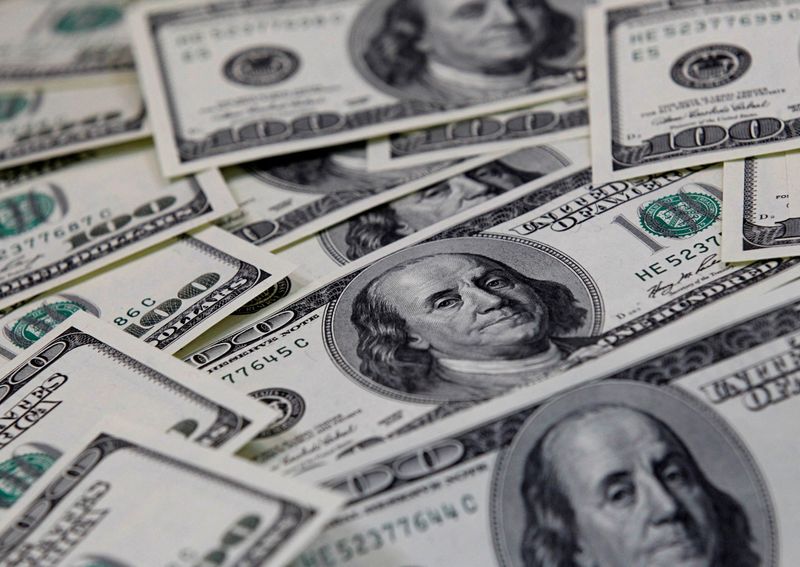Commodity currencies rising dollar is falling
2022.12.27 00:14

Commodity currencies rising dollar is falling
Budrigannews.com – As a result of China’s announcement that it will eliminate its COVID quarantine rule for inbound travelers, a significant step toward easing restrictions on its borders, risk appetite increased and the dollar moved broadly lower on Tuesday, while the currencies of Australia and New Zealand surged.
In mostly inactive trading during the year-end holiday season, the New Zealand dollar rose 0.65 percent to $0.63115 and 0.25 percent to $0.67485 respectively. As liquid proxies for, the two currencies are frequently utilized.
China will quit requiring inbound voyagers to go into isolation on appearance beginning Jan. 8, the Public Wellbeing Commission said on Monday, even as Coronavirus cases spike. “There seems to be no let-up in the pace of relaxing COVID restrictions despite the surge in COVID cases in the mainland,” said Christopher Wong, a currency strategist at OCBC. At the same time, Beijing downgraded the regulations for managing COVID cases from the top-level Category A to the less stringent Category B. This may indicate the determination of Chinese policymakers to fully reopen.
Wong stated, “In addition, there was news that China may be taking extraordinary measures to support growth.”
Sterling gained 0.16 percent to $1.20865 in other markets, while the euro gained 0.06% to $1.06395.
The remained steady at 104.12 against a basket of currencies.
Friday’s data showed that consumer spending in the United States barely increased in November and that inflation continued to fall, raising hopes that the Federal Reserve will ease back on its aggressive policy of tightening monetary policy.
According to ING FX strategist Francesco Pesole, “December has been a soft month for the greenback” in line with the seasonal trend.
“It’s important to keep in mind that in January, the dollar rose in each of the previous four years. Our prediction for the beginning of 2023 is still a dollar recovery.”
The unexpected tweak to the Bank of Japan’s (BOJ) yield curve policy last week continued to support the recently weakening Japanese yen, pushing it up 0.1% to 132.75 per dollar.
More Ruble is strengthening after collapse
Even though markets and policymakers are indicating an increasing focus on what comes after Kuroda’s tenure ends in April of next year, BOJ Governor Haruhiko Kuroda dismissed on Monday the possibility of a near-term exit from ultra-loose monetary policy.
Analysts at Wells Fargo (NYSE:) stated, “While… (the) policy tweak has added uncertainty to the BOJ outlook, we continue to lean toward BOJ policymakers making no further policy adjustments through the end of 2023.”
“The BOJ’s motivation for further policy moves should decrease as inflation pressures are expected to ease.”








